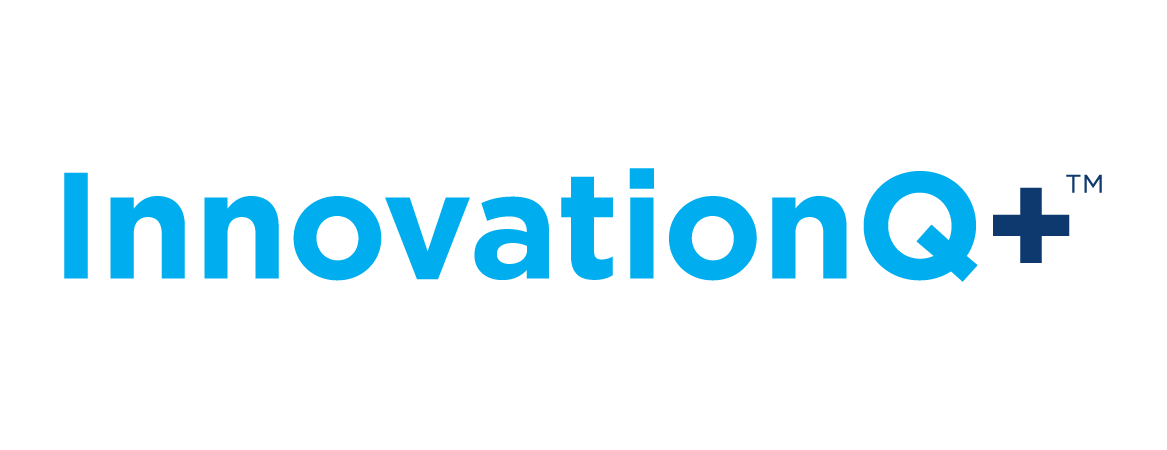
Overall, the cost of corporate R&D depends on a variety of factors, including the company’s size industry, and strategic priorities.
According to the Global Innovation Index 2021, total R&D spending worldwide reached approximately $2.4 trillion in 2019. The report notes that R&D spending has been increasing in recent years, with the top 1000 global R&D spenders increasing their investment by 10.5% in 2019.
In terms of industries, the Global Innovation Index 2021 notes that the software and internet services sector had the highest R&D intensity (measured as R&D expenditure as a percentage of revenue) at 21.6%. The automotive sector had the second-highest R&D intensity at 6.8%, followed by the healthcare sector at 6.6%.

It’s worth noting that R&D spending can vary widely between companies and industries. Large technology companies like Apple, Google, and Microsoft, for example, typically invest heavily in R&D. In 2020, Apple spent $19.9 billion on R&D, while Google parent company Alphabet spent $26.1 billion.

With the size and scope of large, international corporations dedicating large budgets to innovations, how can smaller companies with more limited R&D budgets compete? Smaller companies may have more limited budgets for R&D. However, they can still innovate by focusing on niche markets, collaborating with other companies and organizations, and leveraging technology to level the playing field. In fact, small companies have an advantage–oftentimes they can be more agile and flexible than big corporations, giving them a competitive advantage in innovation.
AI LEgalities
Innovating with Limited Resources
Innovation doesn’t necessarily require a large budget. In fact, some of the most innovative ideas have come from people with limited resources who were forced to think creatively. Here are some creative ways to innovate while under a limited budget:
Participate in hackathons:
Hackathons are events where developers, designers, and entrepreneurs come together to collaborate on projects. They often have themes or challenges that participants can work on, and prizes are awarded to the most innovative ideas. Participating in hackathons can be a great way to innovate and collaborate with others on a budget.
Focus on a niche:
Focusing on a specific niche or market segment and developing products or services that meet the unique needs of that market allows smaller companies to develop expertise and differentiation that larger companies may not be able to match.
Tap into the sharing economy:
Platforms like Airbnb and Uber have shown that people are willing to share their resources for a fee. Consider ways that you can leverage the sharing economy to cut costs and access resources that would otherwise be out of reach.
Experiment and iterate quickly:
Small companies are more agile–they can move quickly to experiment and iterate on new ideas. They can test new products or services with a smaller group of customers and make changes based on feedback more quickly than larger companies that have more layers of bureaucracy.
Experiment and iterate:
Innovation is an iterative process. Instead of trying to come up with the perfect idea right away, focus on experimenting and iterating. Test out different ideas, gather feedback, and make adjustments along the way.
Build strong customer relationships:
Small companies can build stronger relationships with their customers than larger companies. They can provide personalized service and be more responsive to customer needs, which can lead to greater loyalty and repeat business.
Emphasize simplicity:
Sometimes the most innovative ideas are the simplest ones. Focus on simplifying processes, reducing waste, and finding ways to do more with less.
Foster a culture of innovation:
Small companies can create a culture of innovation that encourages employees to generate new ideas and experiment with new approaches. This can be done by providing opportunities for professional development, rewarding creative thinking, and empowering employees to take risks.
Examples
Small Budgets, Big Ideas: Examples of Innovations on a Limited Budget
There are many examples of innovative ideas that have come from people with limited resources who were forced to think creatively. Here are just a few examples:

The Embrace infant warmer: In 2008, a group of Stanford University students developed a low-cost infant warmer for premature babies in developing countries. The Embrace warmer uses a phase-change material that can maintain a constant temperature for up to six hours without electricity, making it a lifesaving solution for babies who are at risk of hypothermia.

The Little Sun solar-powered lamp: In 2006, Nigerian entrepreneur Olafur Eliasson developed a solar-powered lamp that could provide light to people in rural communities without electricity. The lamp, called Little Sun, is small and portable, making it easy to carry and use in areas without access to electricity.

The Jaipur foot: In 1968, Indian orthopedic surgeon Dr. P.K. Sethi developed a low-cost prosthetic foot for people who had lost limbs due to disease or accidents. The Jaipur foot, made of rubber, wood, and other locally available materials, has since helped millions of people in developing countries regain their mobility and independence.

The Warka Water tower gravity-powered water filter: In 2011, Arturo Vittori, an Italian architect, developed a gravity-powered water filter called the Warka Water tower. The tower, made of bamboo and other natural materials, can collect water from the air and filter it through a mesh fabric, providing clean drinking water to people in rural communities without access to clean water sources.

The One Laptop Per Child project: In 2005, computer scientist Nicholas Negroponte launched the One Laptop Per Child project, which aimed to provide low-cost laptops to children in developing countries. The laptops, designed to be durable, energy-efficient, and easy to use, have since been distributed to millions of children in countries around the world.
improve budget
The long-term implications of AI in the patent world
What if you could create innovation at a fraction of the cost and improve your budget’s bottom line? Keeping up with the pace of global innovation is a challenge, and the associated costs, time, and complexities can be daunting in today’s economy. To stay competitive, you need to take control of these challenges and minimize business risks. Traditional IP search tools don’t serve the areas where you can have the greatest impact – the creation, collaboration, and evaluation steps of IP.
That’s where IP.COM comes in. Our products: IQ Ideas+ and InnovationQ+ are industry-leading software solutions that can help your team innovate quickly and efficiently while staying educated and informed on the innovation and patent landscape.
PRODUCTS



